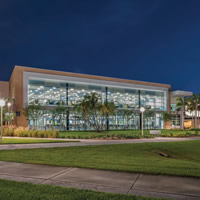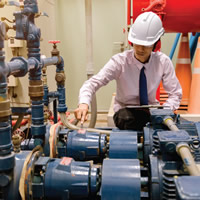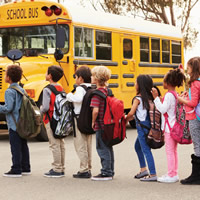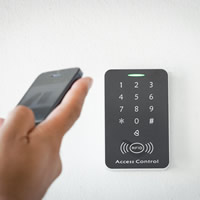Designers should consider these three things.
Card technology is evolving. Are you staying current?
Former Governor of Massachusetts Deval Patrick once said, “No child will be able to succeed academically if they don’t first feel safe in school. No teacher will be able to teach at their best if they aren’t confident there’s a plan in place to ensure their school is well prepared for an emergency.” Creating a safer educational institution begins with the facility’s design. Mariana Lavezzo, a K-12 Education designer with the DLR Group, recently talked with SP&M about this approach to creating safer schools.

When the conversation moves from how to secure buildings and expands to securing entire campuses, attention to environmental design can help with answers.

Make sure to check credentials, qualifications of third-party contractors, staff.
A look at the safety concerns of renewable energy storage.

For one elementary school principal, reorganizing the end of the school day has made life less chaotic for teachers, students, and parents.
Beware of inaccurate information when creating your plans.
Supportive strategies are essential for successful entry-point screening.

Hardening school buildings from a maintenance perspective.
The learning curve for understanding and utilizing intelligent buildings can be steep—a fact Dale Klein of Parallel Technologies is well aware of. Having seen the rise and development of intelligent buildings in the K-12 education space, Dale speaks with the magazine about some of the general and K-12-specific elements of intelligent buildings and how the technologies are progressing.

Here's a look at the technology with which the well-dressed police officer—and the officer's car—are equipped, to ensure the best possible outcomes when policing campus.

Today's world can be a dangerous for students, teachers and administrators. Here are some thoughts about preparing for the worst.